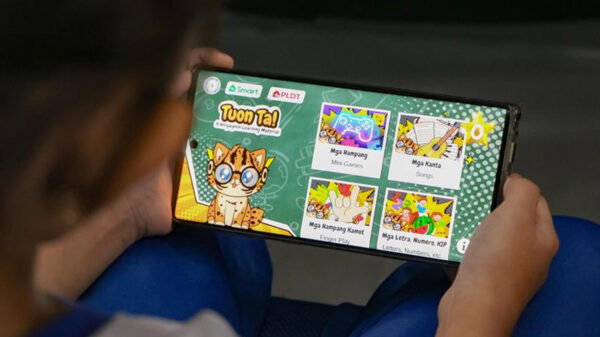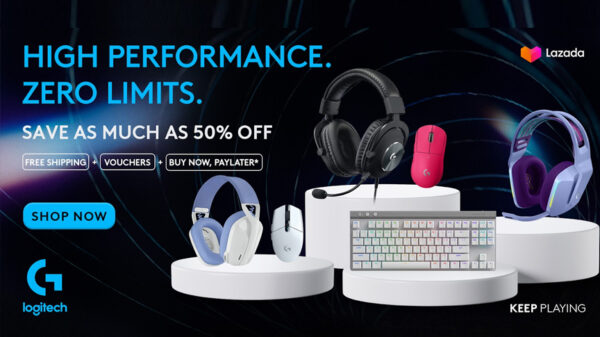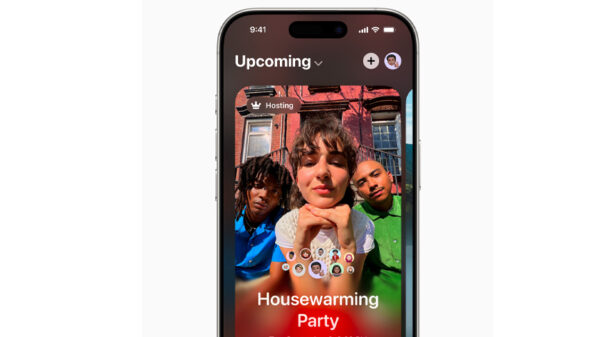To date the Philippines has been consistently the smallest eCommerce industry in SEA, according to Google and Temasek latest 2018 report. It highlighted that the Philippines estimated 2018 valuation grew to $5 billion – a 30% growth from last year’s $2 billion. By 2025, it projected that the country will experience a 25% growth worth 21 Billion. Meanwhile, Indonesia is projected to be the biggest market in SEA, currently it’s valuation is $27 billion and is expected to hit a gross merchandise value of $100 billion by 2025.
With this release highlighting the country’s slowing growth in eCommerce, iPrice Group analyzed the country’s eCommerce performance in online purchase rate and number of local players. These two factors analyzed have particularly contributed to the slowing growth of the industry. Our findings suggest that although Philippine e-marketplaces still has a low online purchasing rate, however majority of Filipino online consumers are purchasing costlier items given the assurance in quality. Meanwhile, foreign players in the country still have the highest market penetration in terms of website traffic, but there are more active local players.
Based on our SEA state of e-commerce report, the Philippines has the third highest share of mobile traffic in the region with 71.25%. However, in terms of purchase rate it only converts about 0.8% in mobile and 2% in desktop. The purchase rate in mobile as compared to desktop is relatively low in all SEA markets, the Philippines is consistently one of the lowest in all six markets analyzed in both mobile and desktop.
While the results could indicate a lagging factor in terms of consumer penetration, the country’s average total amount spent (basket value) suggests that Filipinos’ confidence in online shopping is high (comparing it against SEA market). Analyzing the macro-perspective of PHL economy, the country has one of the lowest GDP per capita (US$ 2951.07) in SEA (which is closely related to basket value). However, its basket value in online shopping (the minimum average spending online) is the second highest in SEA with US$56 (PHP 2,887) per order while Singapore tops with US$91 (PHP 4,736).
The rationale behind these findings is that Filipino consumers in general have small purchasing power thus the low interest in spending. However, through trusted product reviews and comparison platforms it could encourage their willingness to spend online. A Path to Purchase report 2017 finds that majority of Filipino online consumers first do a series of searches particularly price comparison, product reviews and videos before purchasing a product.
Analyzing the performance of Philippines’ s top 47 eCommerce, more players are local, however foreign players fuel the overall market activity. The share of foreign players in the overall traffic accounts for 93 percent of the overall e-marketplace activity while there are only eight foreign players engaged in eCommerce traffic in the Philippines: Lazada, Shopee, Zalora, eBay, Sephora, Sophie Paris, My Sale and Melissa Philippines.
Of these eight players, Lazada, Shopee, Zalora and eBay were the top four most visited e-marketplaces in the country. Lazada had a dominant market share of 59% which slipped from last quarter’s 68%. Meanwhile, Shopee the second most visited e-marketplace in the country increased its market share to 27% from last quarter’s 19%. From the local players, the most visited is still BeautyMNL, with a low increased market share of 1.92% from last quarter’s 1.72%. In total, the local players market share is only 7%.
Despite the low market penetration of local players, a majority of which find their market in social media. In fact, the share of local players’ social media followers in Instagram increased to 72 percent from last quarter’s 70 percent. The local fashion and beauty e-marketplaces: Sunnies Studios, Apartment 8 Clothing, BeautyMNL, Kimstore and CesaPH topped Instagram placing 1st, 2nd, 5th, 8th and 9th respectively. Meanwhile, the social media activity of Facebook is dominated by foreign players as it share of social media followers accounts 74% of the overall e-marketplace which is 3% less compared to the previous quarter.
The rationale behind the dominance of local players in Instagram is that the most followed local players in these platforms namely Apartment 8 Clothing, Sunnies Studios, Kimstore and CesaPH have started their online business first through Instagram (as well as Multiply) before building their website. The popularity of social media is a huge marketplace opportunity for eCommerce and independent merchants alike. Given the accessibility of these platforms, local players should utilize Facebook and Instagram in order to acquire more consumers and increase their engagements and sales. Instead of focusing on a single channel like a website perhaps, an omnichannel approach is proven to reach targeted consumers.

















































































































